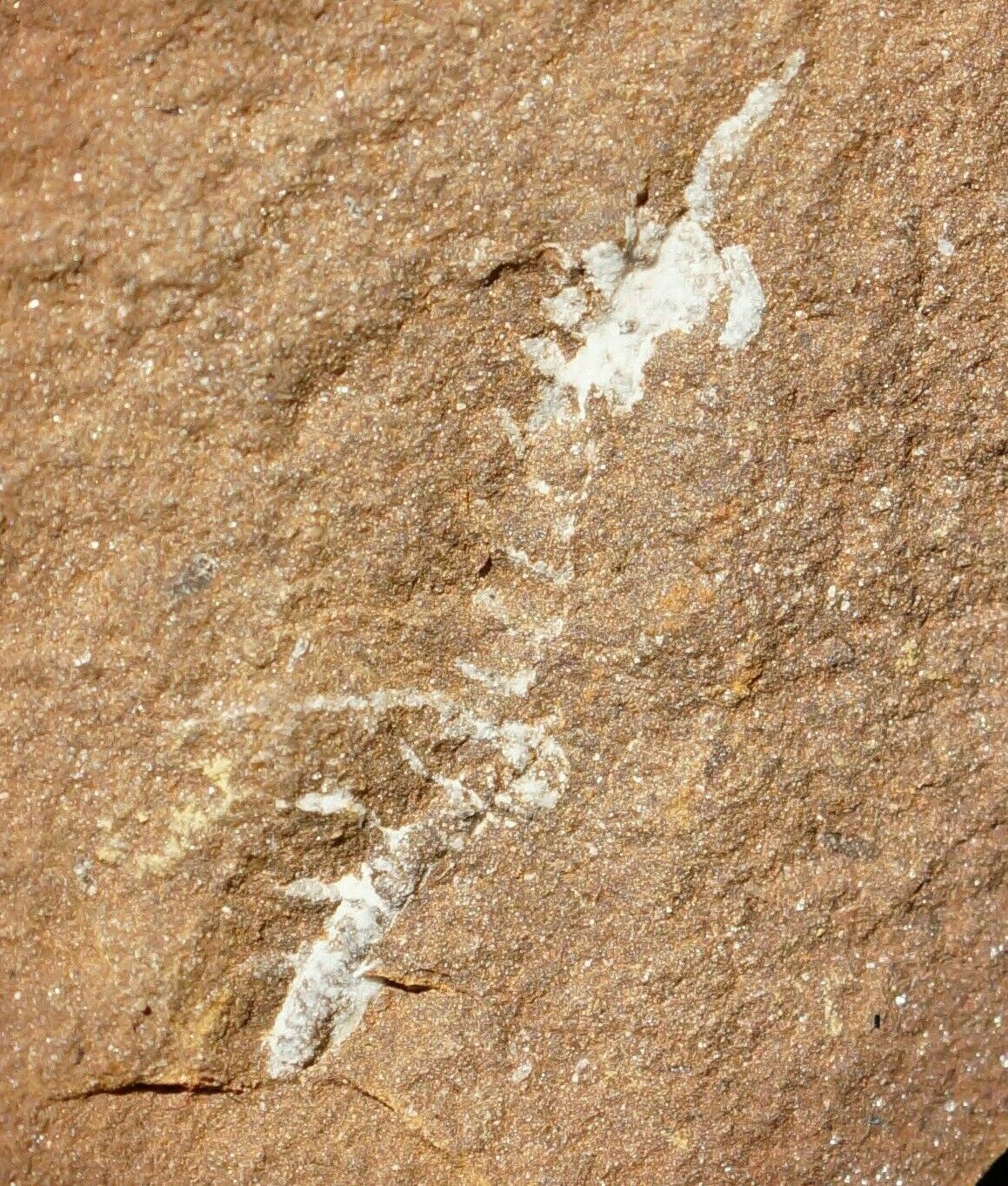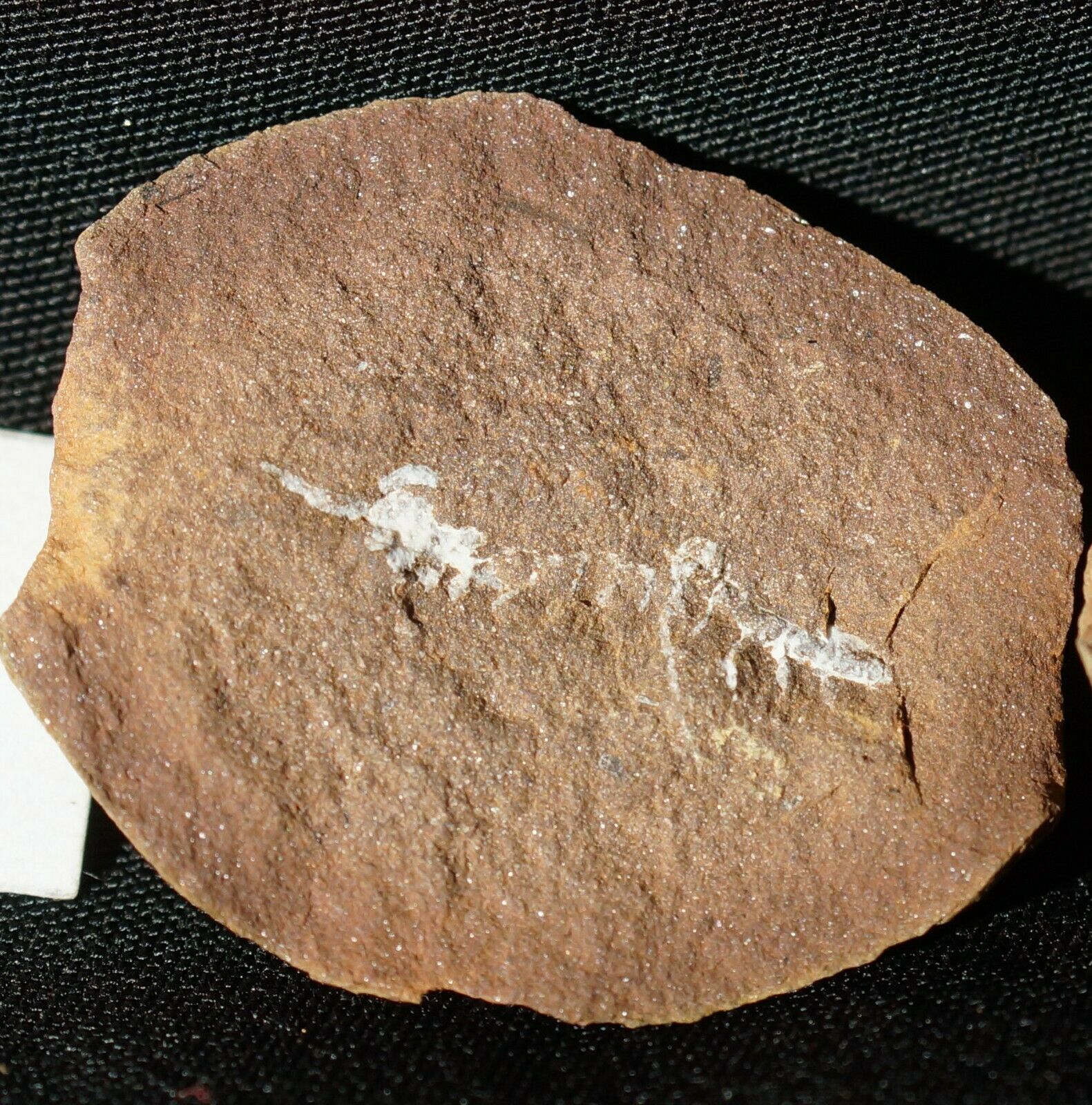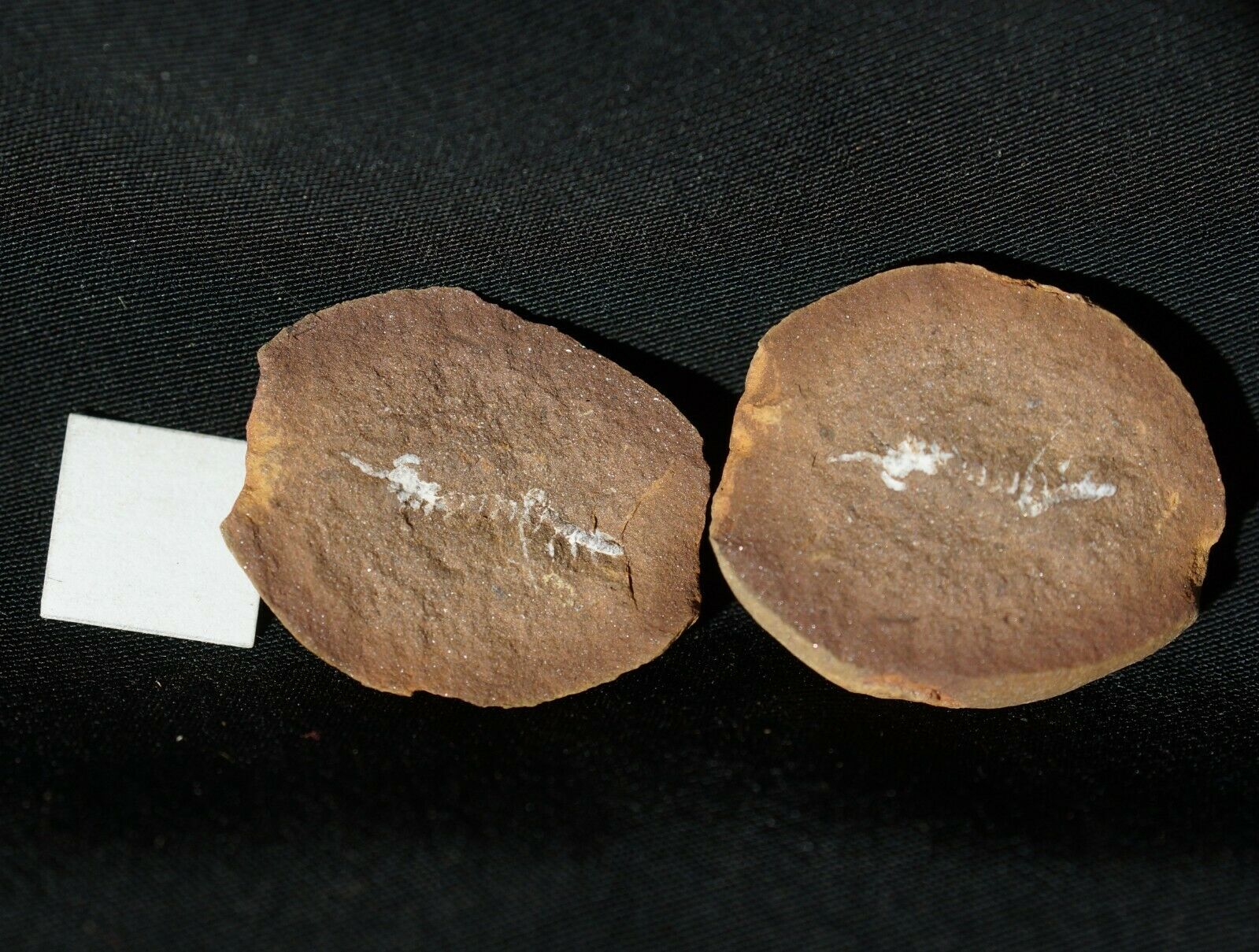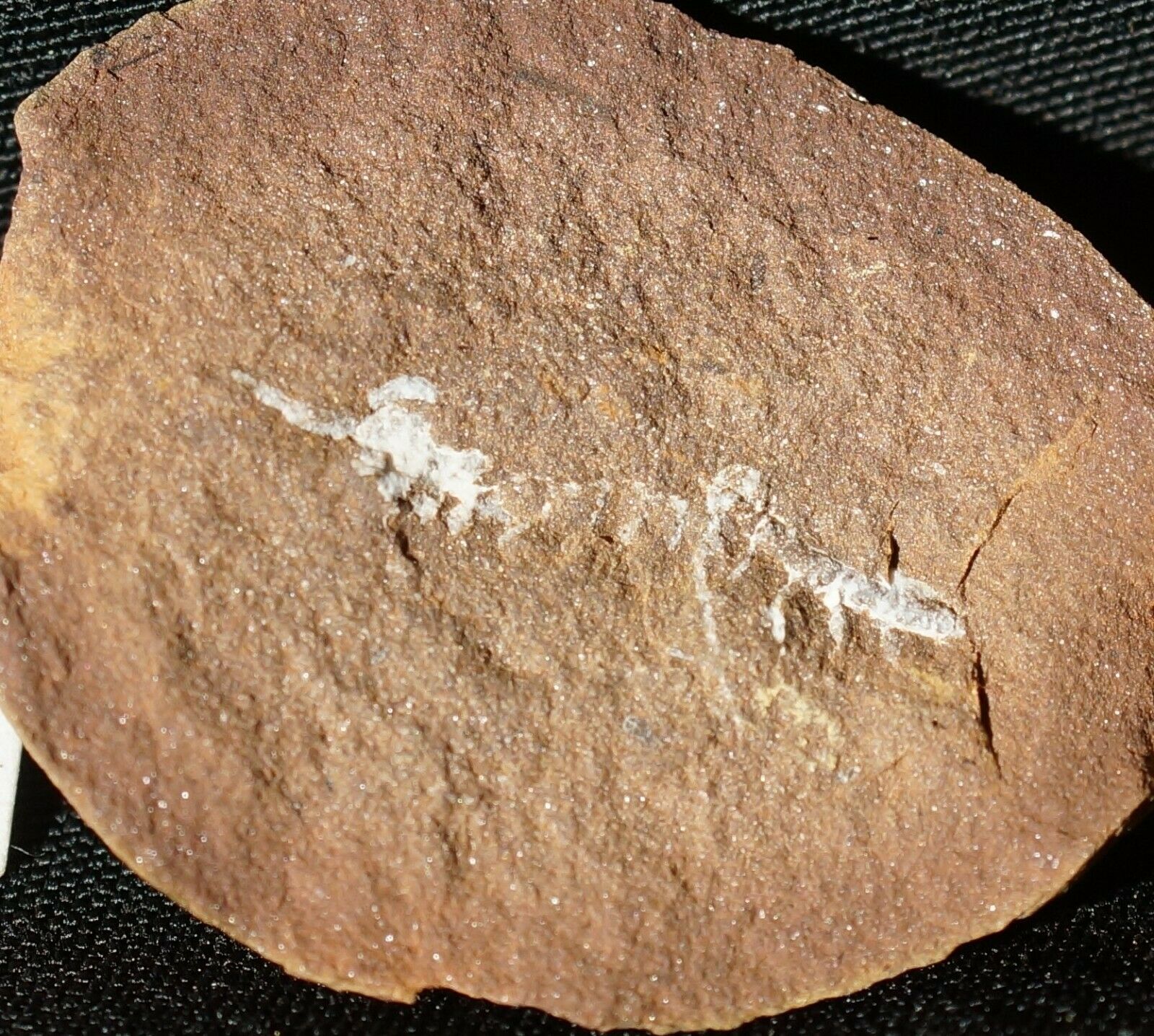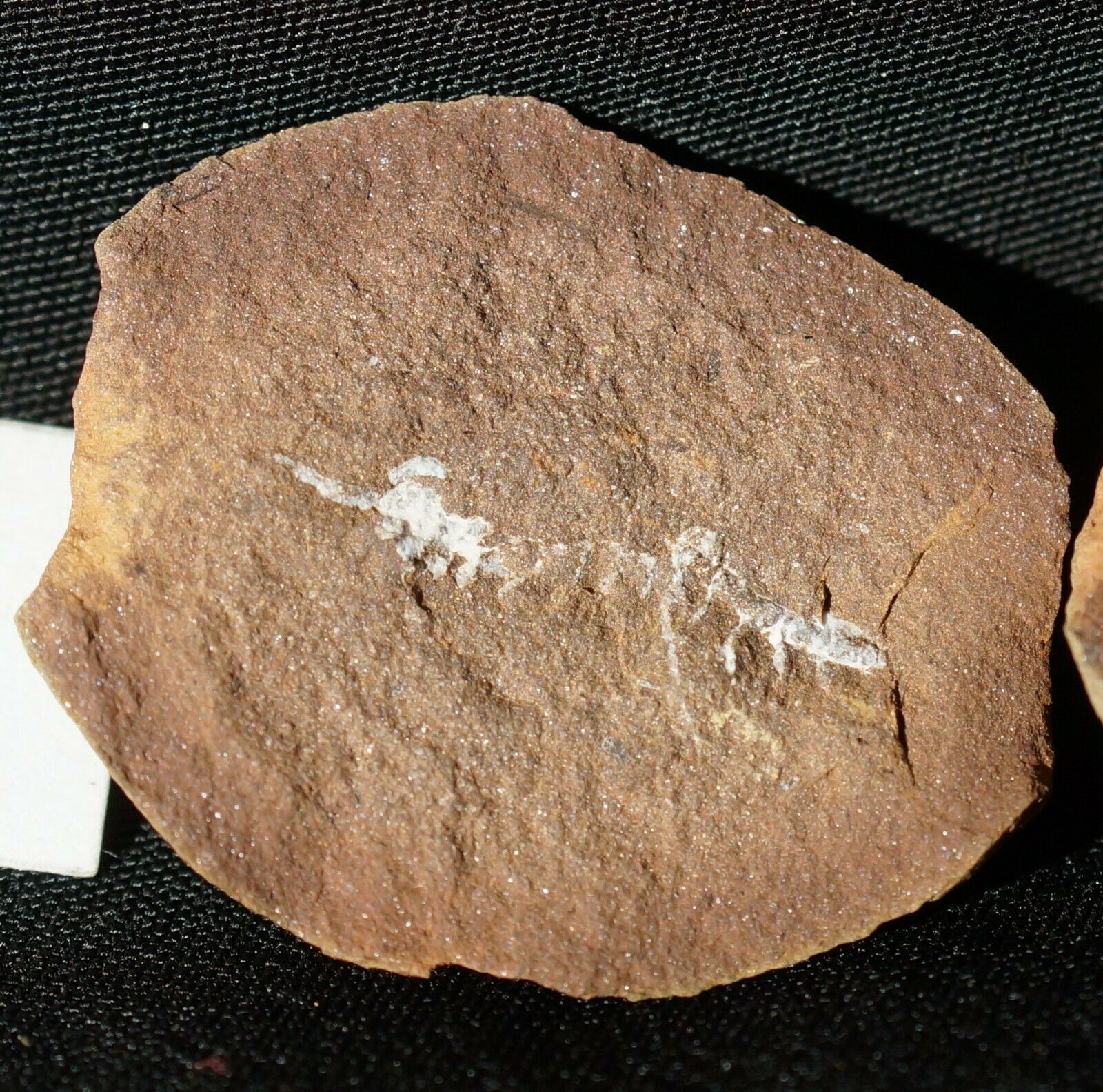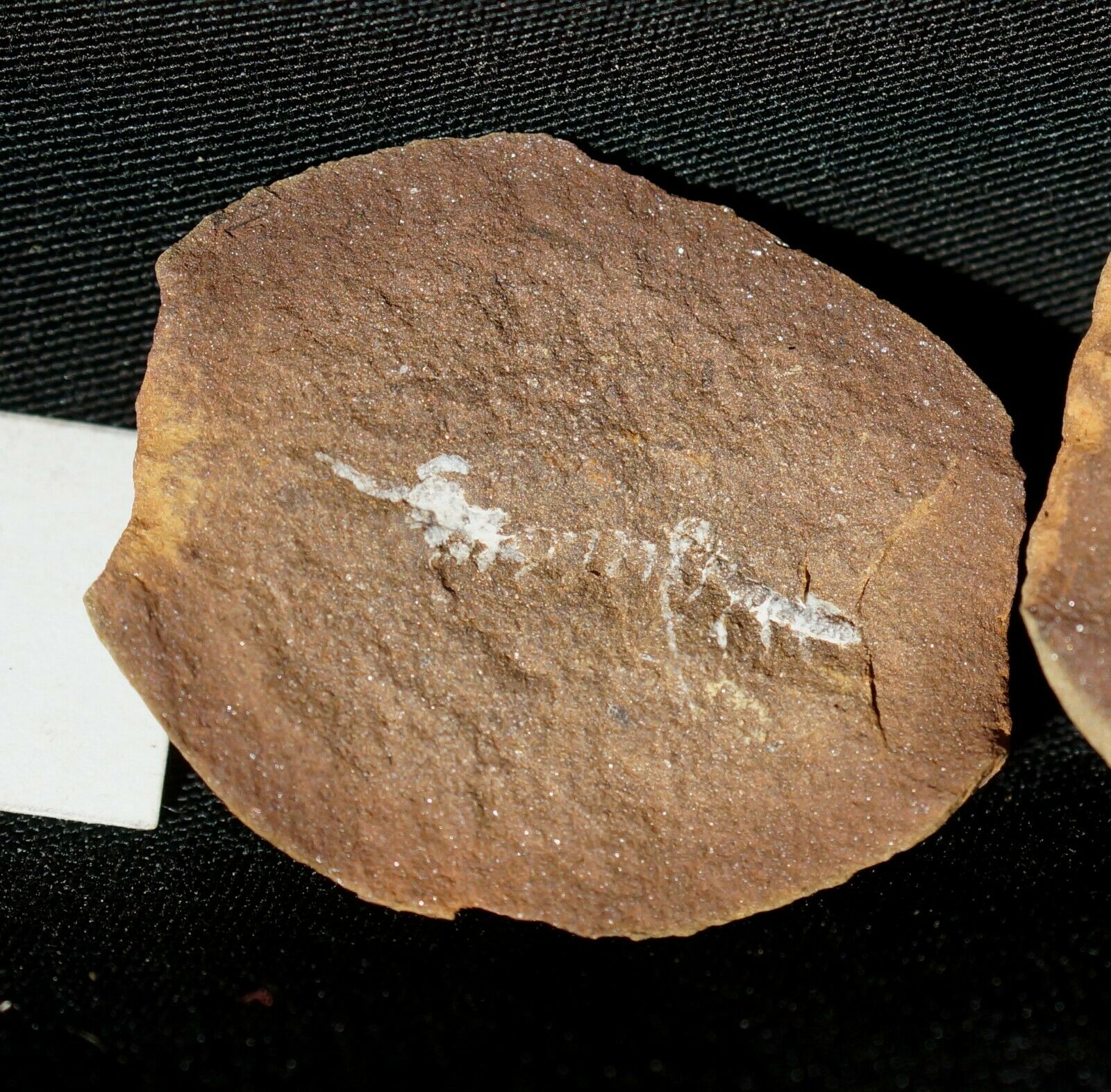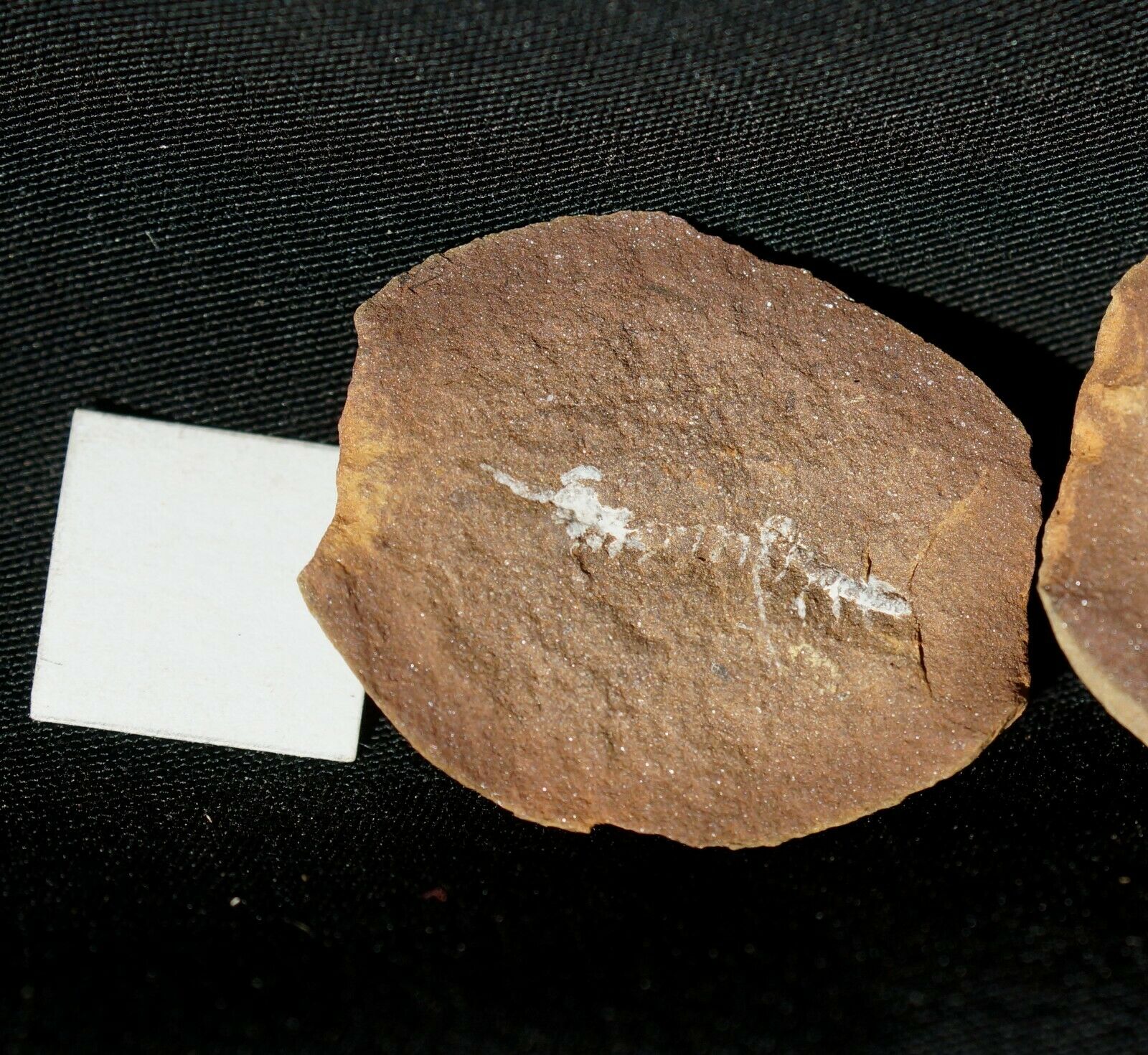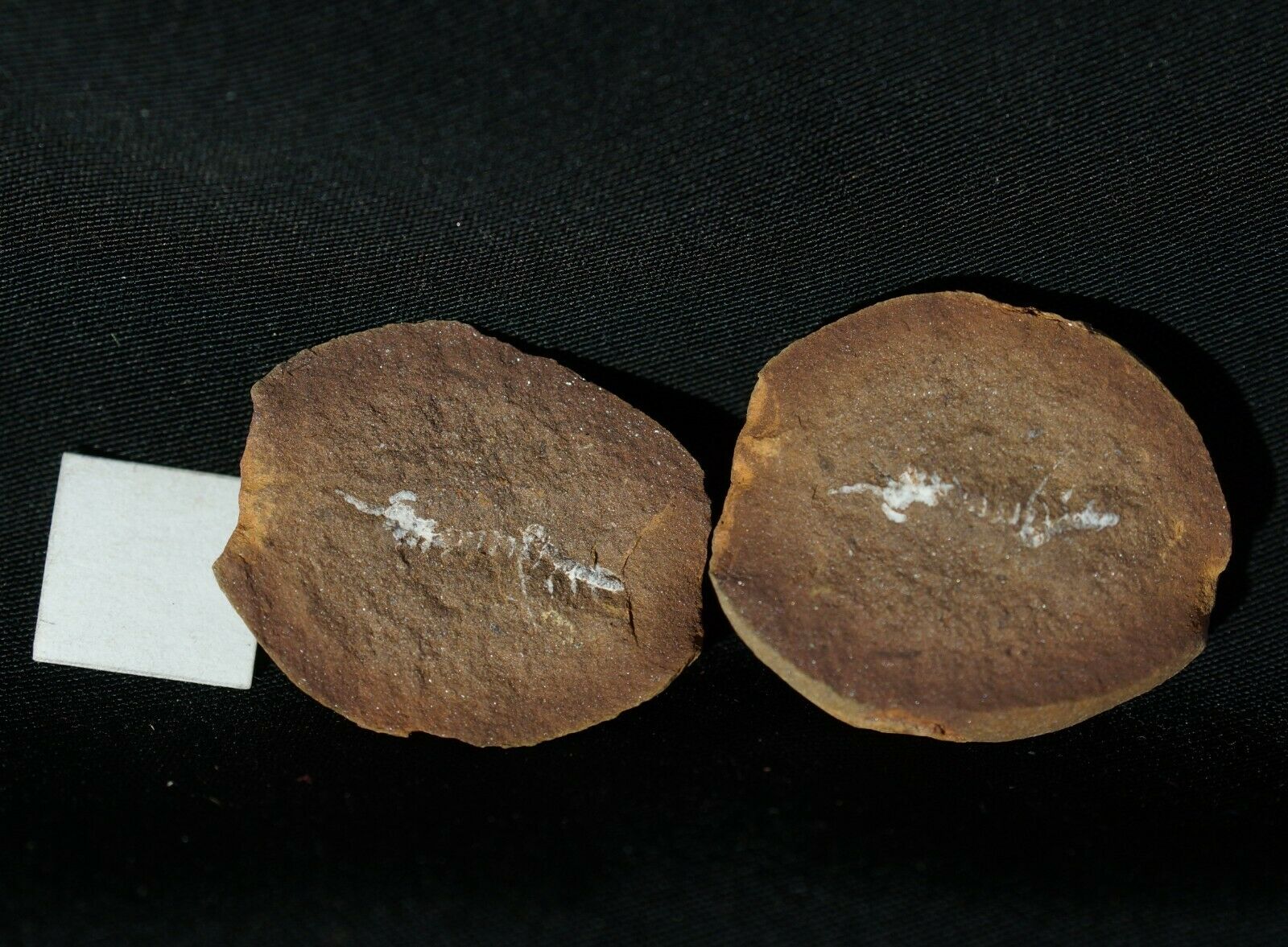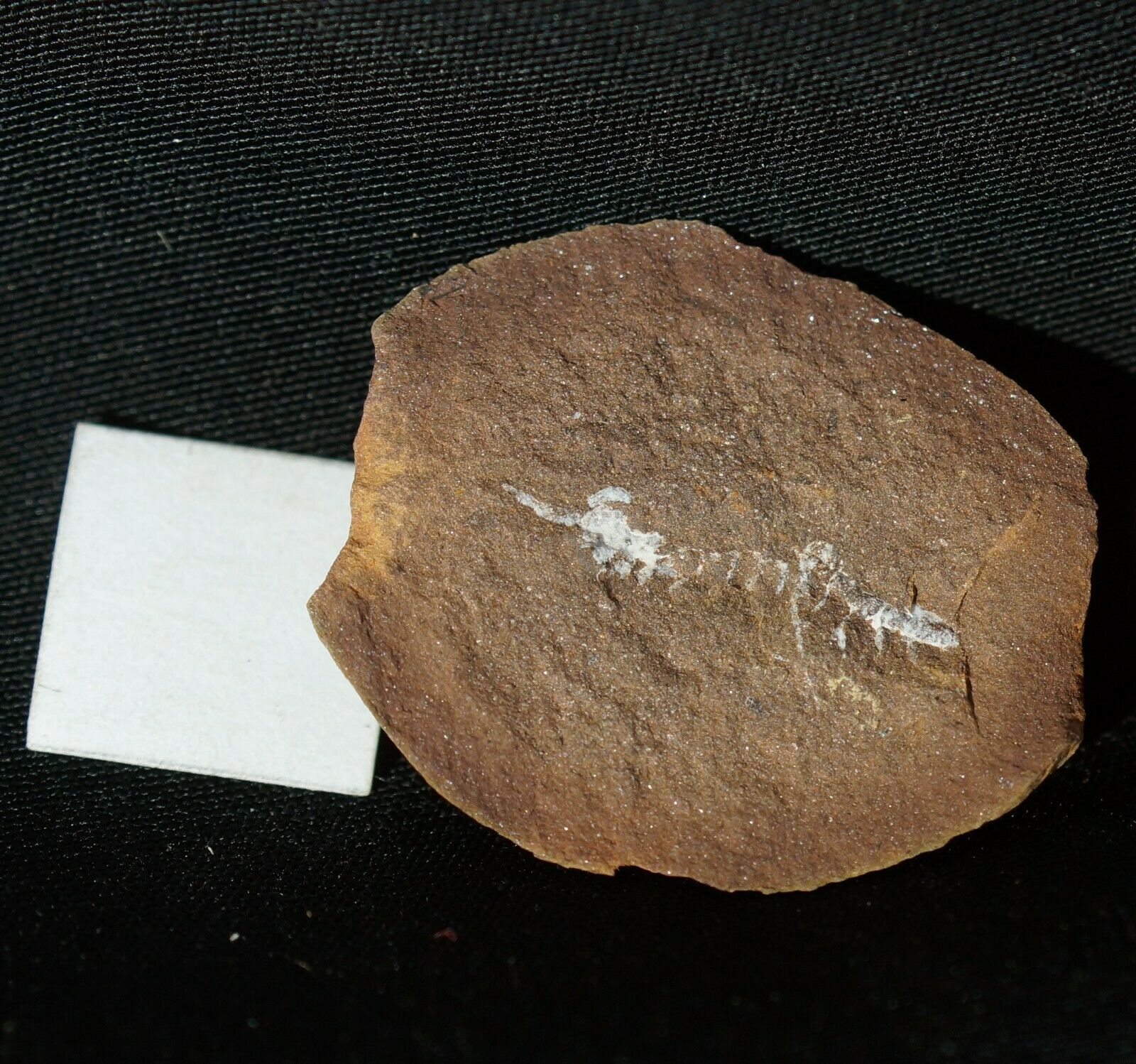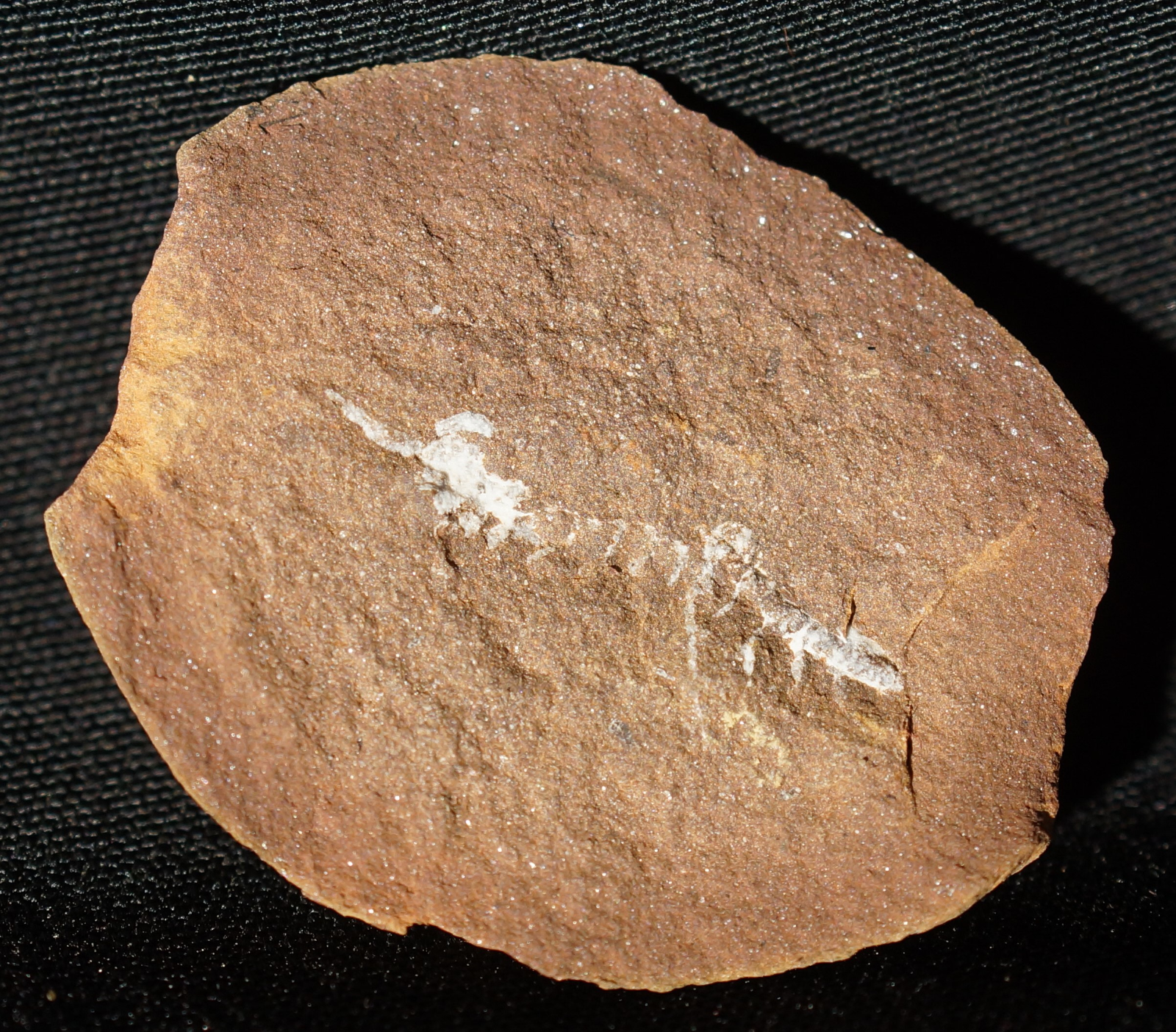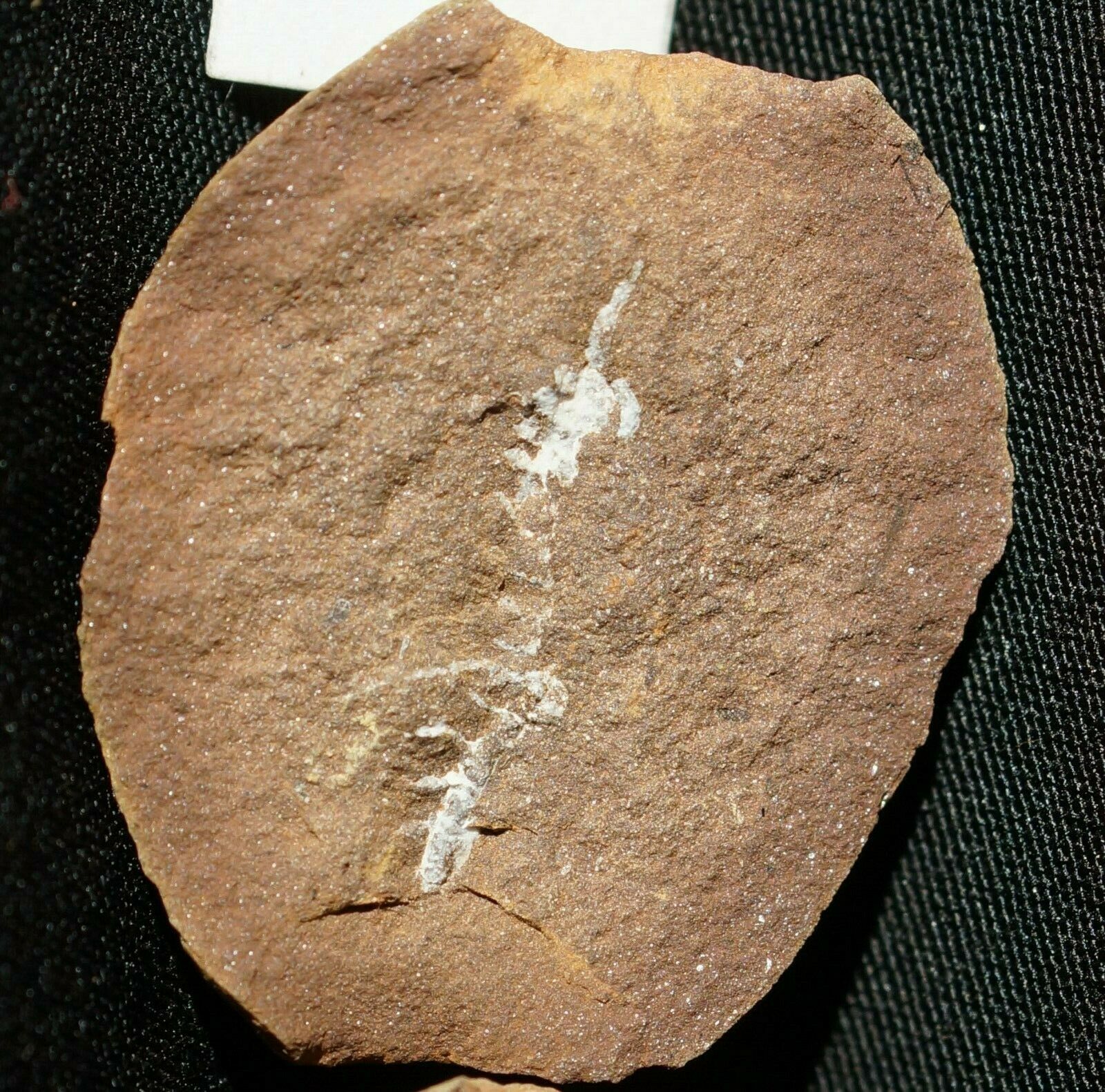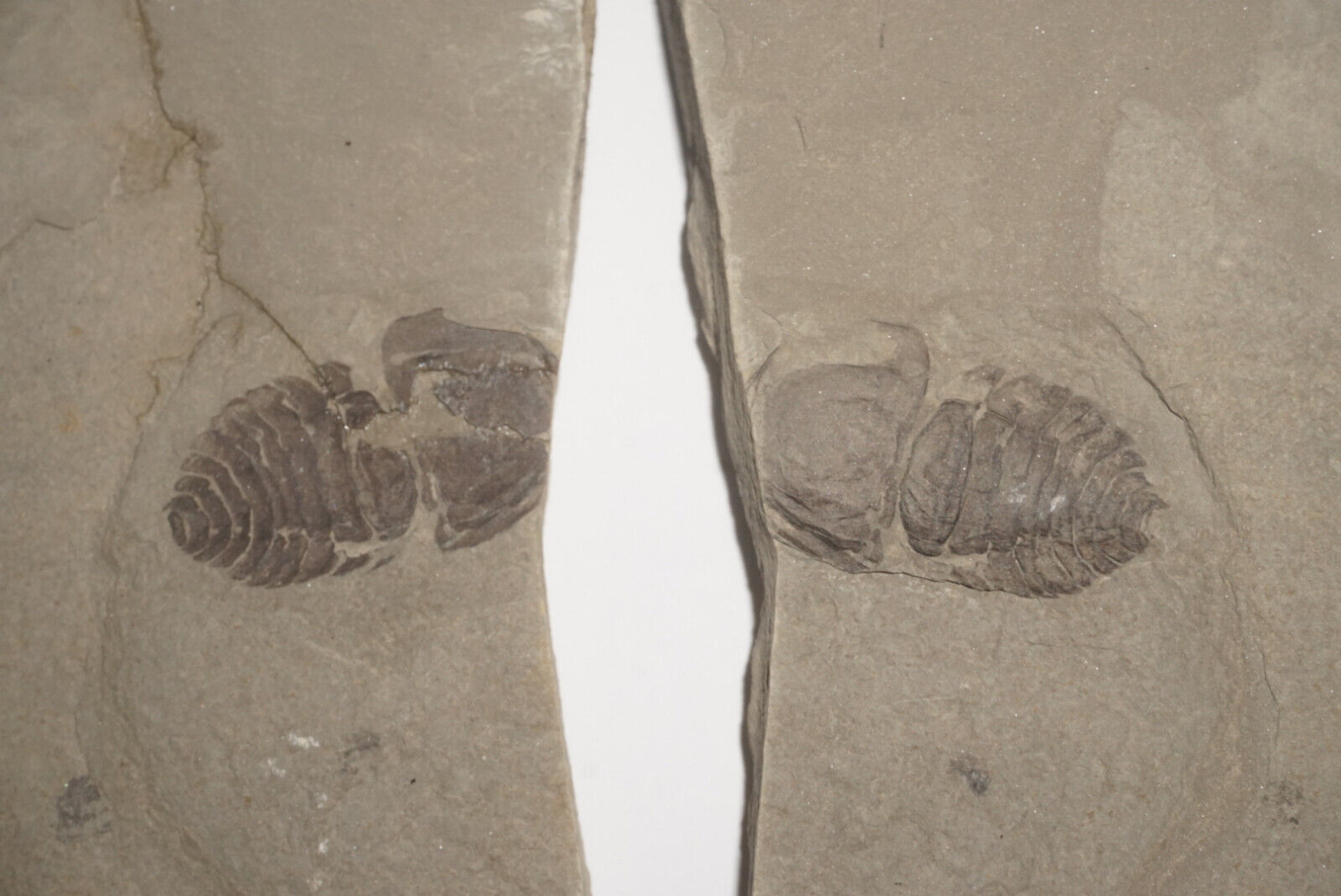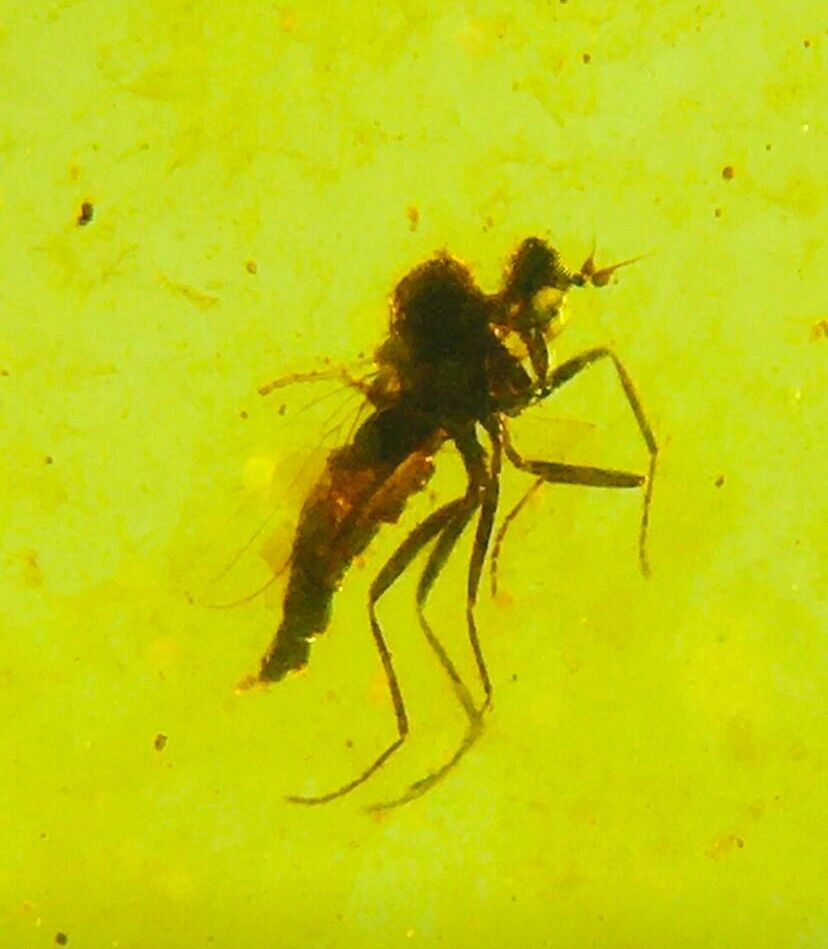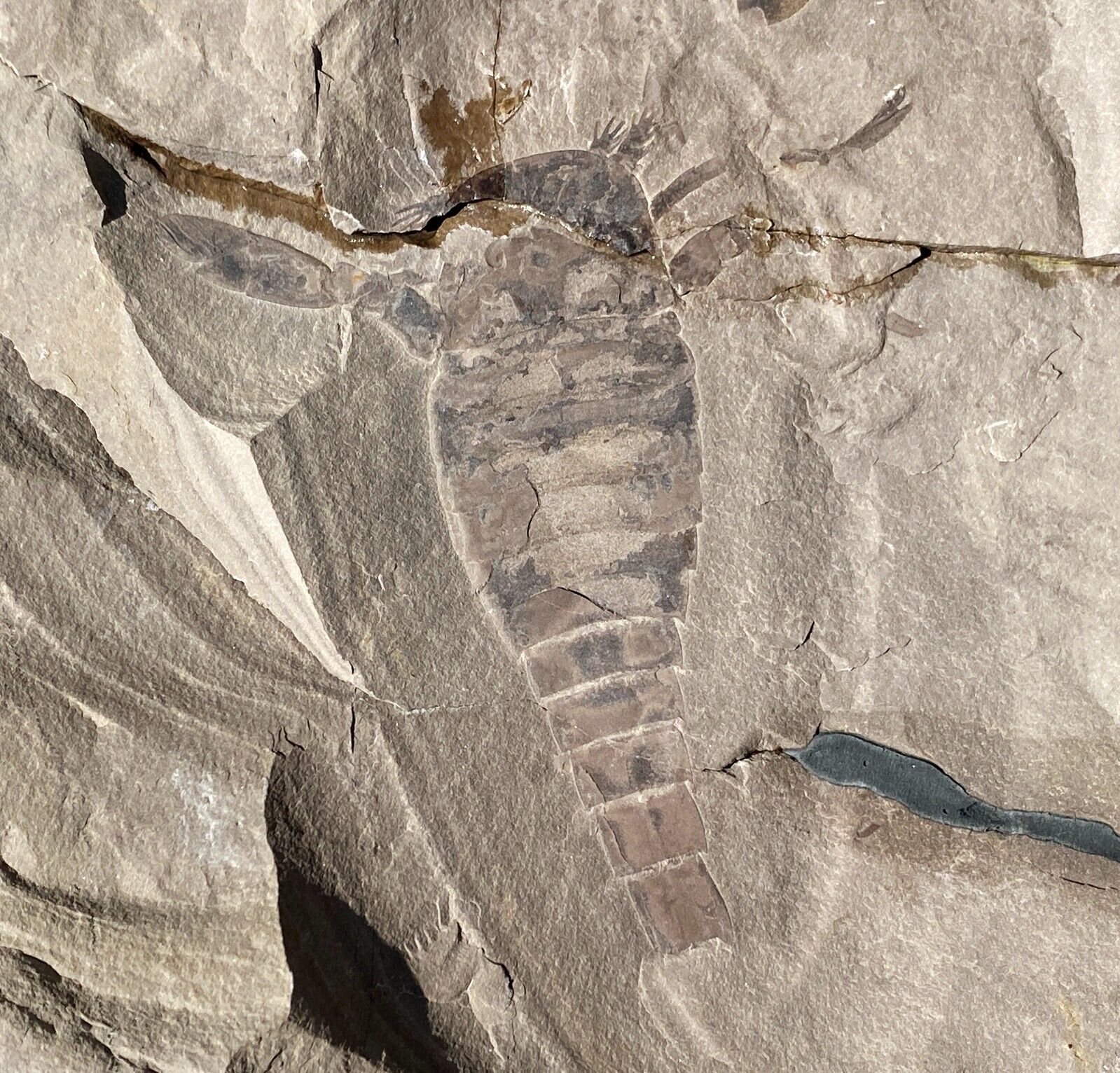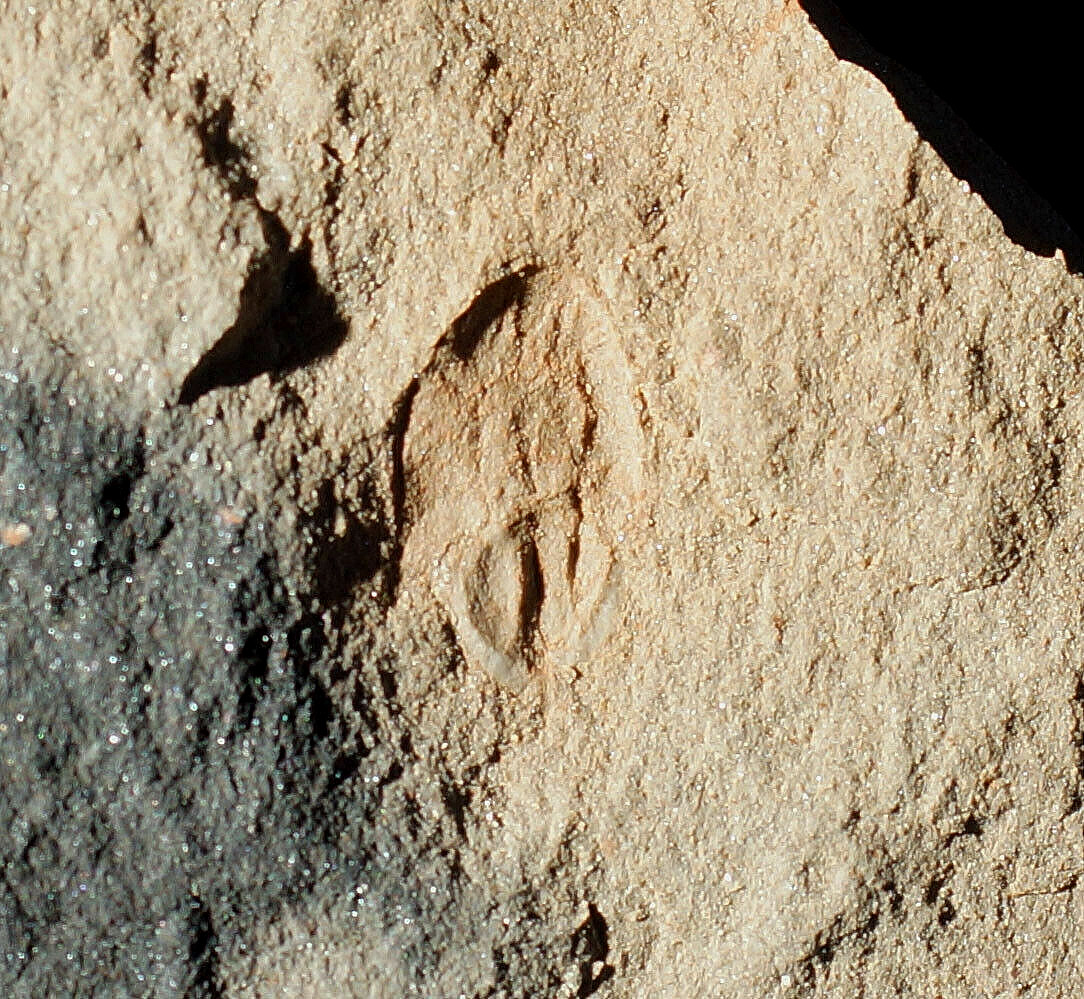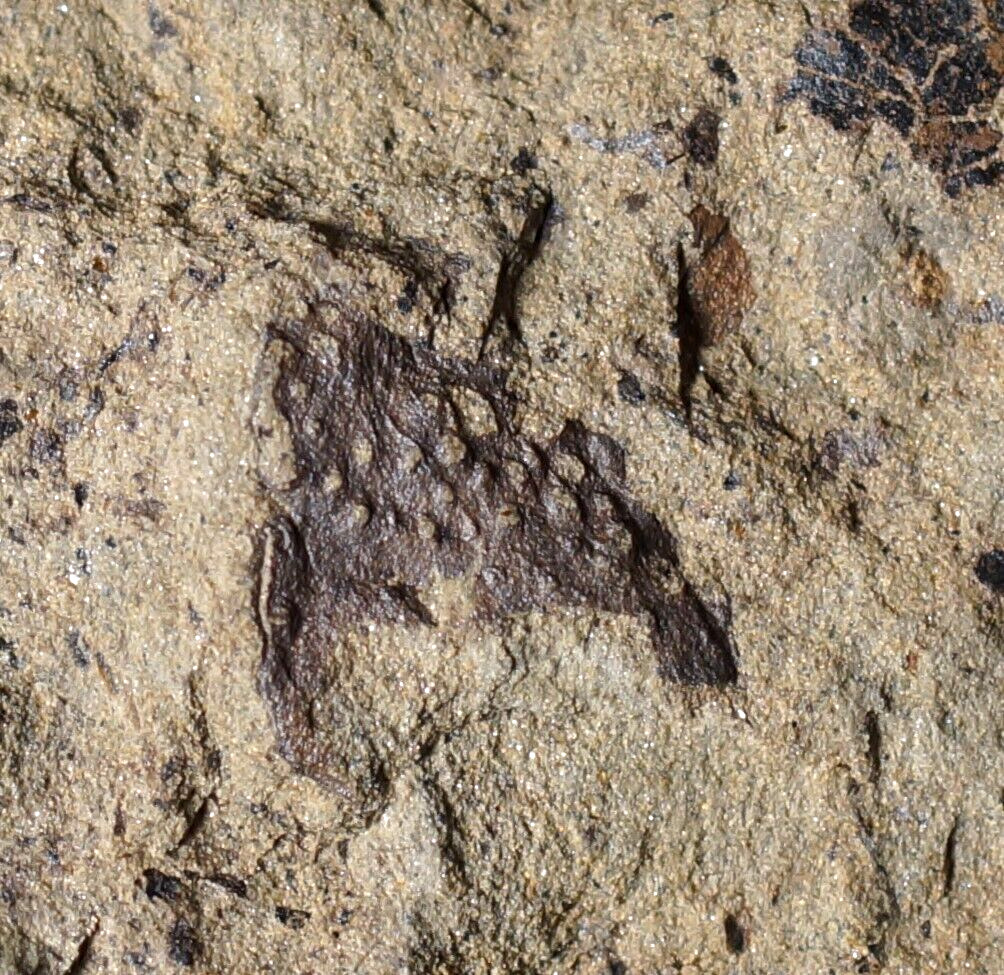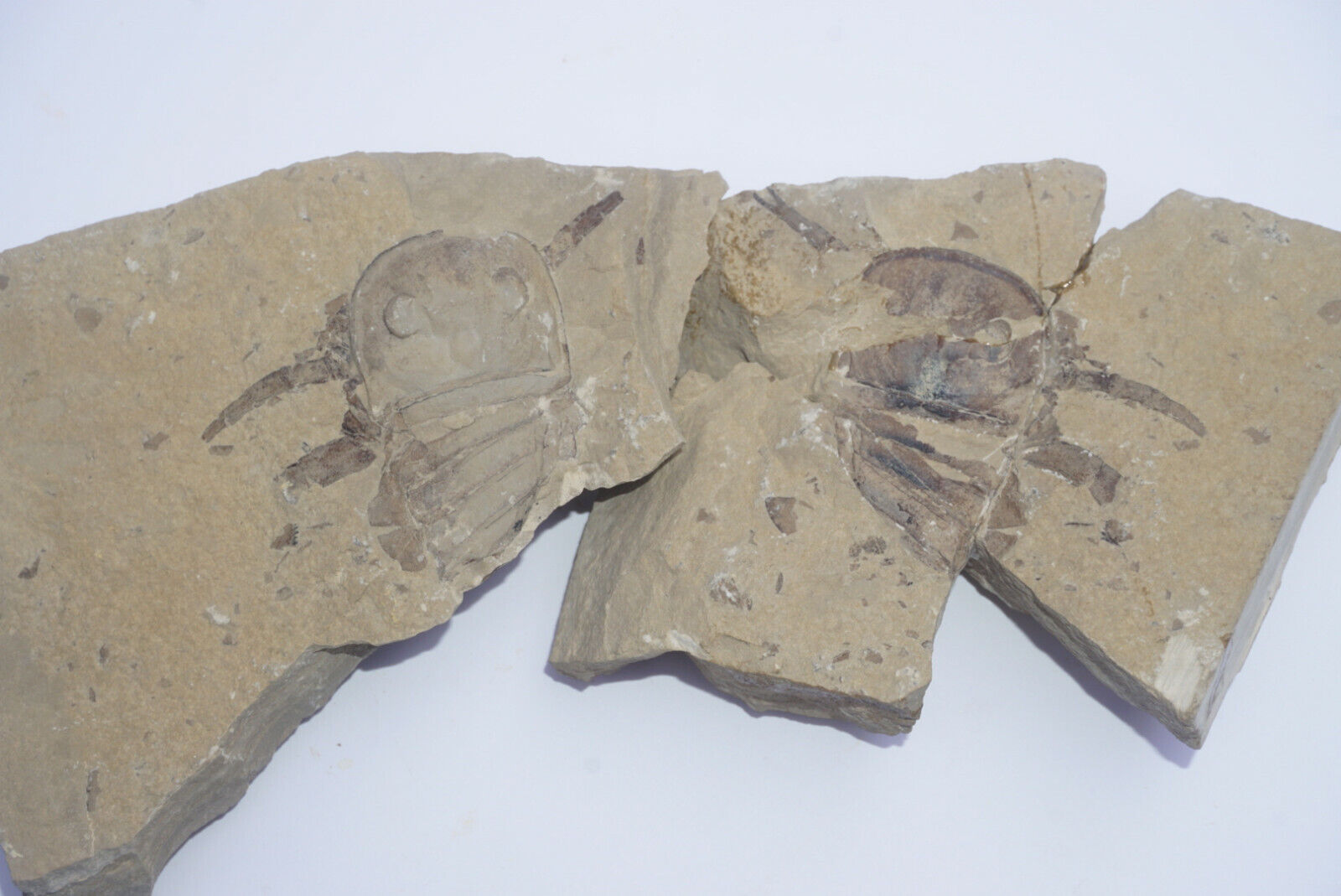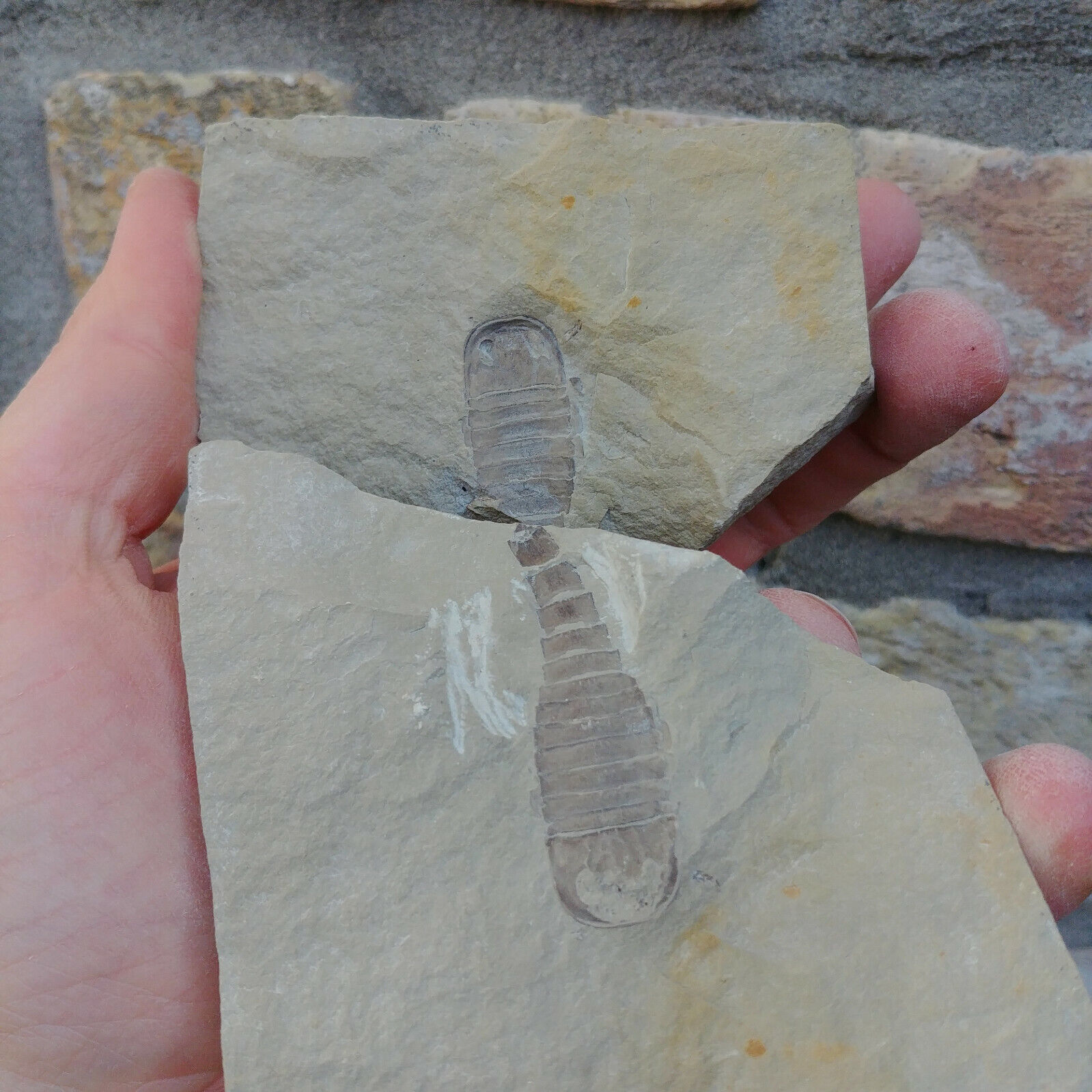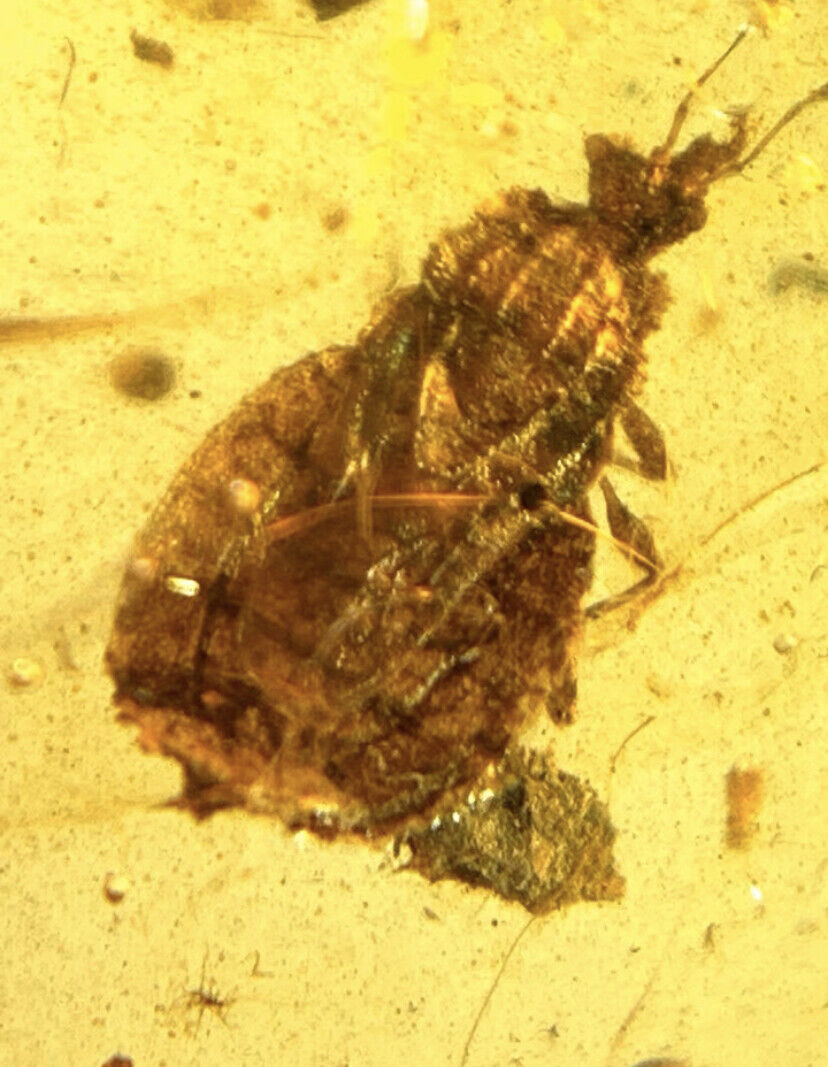-40%
Extremely Rare Onychopora fossil velvet worm lobopodian Mazon Creek like nodule
$ 327.36
- Description
- Size Guide
Description
My specimens are gunine and will be delivered with a "Certificate of authenticity, age and origin" and scientific papers allowing plant identification !I combine shipping costs.
Each item is different, so please wait with payment after purchase -
I will send You a combine invoice.
Usually, it will be cost of shipping the heaviest item.
Specimen:
Extremely rare, 1,5 cm long softbody animal Carboniferous fossil Onychopora - velvet worm - lobopodian Mazon Creek like paired nodule
Locality:
All detailed and accurate data will be provided with the specimen
Stratigraphy:
Upper Carboniferous - Late
Pennsylvanian
- Westphalian A
Age:
ca. 314 Mya
Matrix dimensions:
ca. 2,2 x 2,2 x 1,0 cm ( white square on pictures is 1,0 x 1,0 cm) , Velvet worm is 1,5 cm long
Description:
Here , I put on auction very interesting extremely rare, softbody animal Carboniferous fossil Onychopora - velvet worm - lobopodian preserved in paired Mazon Creek like nodule from Europe !
Onychophora
commonly known as
velvet worms
(due to their velvety texture and somewhat wormlike appearance) or more ambiguously as
peripatus
is a phyllum
of elongate, soft-bodied, many-legged panarthropods
.
In appearance they have variously been compared to worms with legs, caterpillars, and slugs.
They prey upon smaller animal
such as insects,
which they catch by squirting an adhesive slime.
Certain fossils from the early Cambrian bear a striking resemblance to the velvet worms. These fossils, known collectively as the lobopodians,
were marine and represent a grade from which arthropods, tardigrades, and Onychophora arose.
Onychophorans are found in the Cambrian , Silurian, Pennsylvanian , Cretaceous periods.
Historically, all fossil Onychophora and lobopods were lumped into the taxon Xenusia, further subdivided by some authors to the Paleozoic Udeonychophora and the Mesozoic / Tertiary Ontonychophora; living Onychophora were termed Euonychophora. Importantly, few of the Cambrian fossils bear features that distinctively unite them with the Onychophora; none can be confidently assigned to the onychophoran crown or even stem group.
The low preservation potential of the non-mineralised Onychophora means that they have a sparse fossil record. Stem-group members include
Helenodora
(Carboniferous),
Tertiapatus dominicanus
, and
Succinipatopsis balticus
(Tertiary);.
A Carboniferous fossil from Montceau-les-Mines in France, Antennipatus possesses clear onychophoran affinities, but its preservation prohibits differentiating between its placement on the stem or crown of the two extant families, or on the onychophoran stem-group.
Crown group representatives are known only from amber—there is a single, partial specimen from the Cretaceous, and a more comprehensive record in Eocen deposits from 40
million years ago
. However, some of these amber-borne specimens lack slime papillae and separate feet, and thus may belong in the stem group.
The vagaries of the preservation process can make fossils difficult to interpret. Experiments on the decay and compaction of onychophora demonstrate difficulties in interpreting fossils; certain parts of living onychophora are visible only in certain conditions:
The mouth may or may not be preserved;
claws may be re-oriented or lost;
leg width may increase or decrease; and
mud may be mistaken for organs.
More significantly, features seen in fossils may be artefacts of the preservation process: For instance, "shoulder pads" may simply be the second row of legs coaxially compressed onto the body; branching "antennae" may in fact be produced through decay
